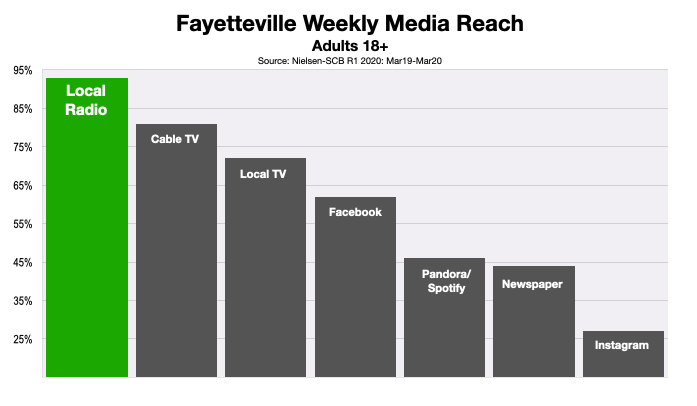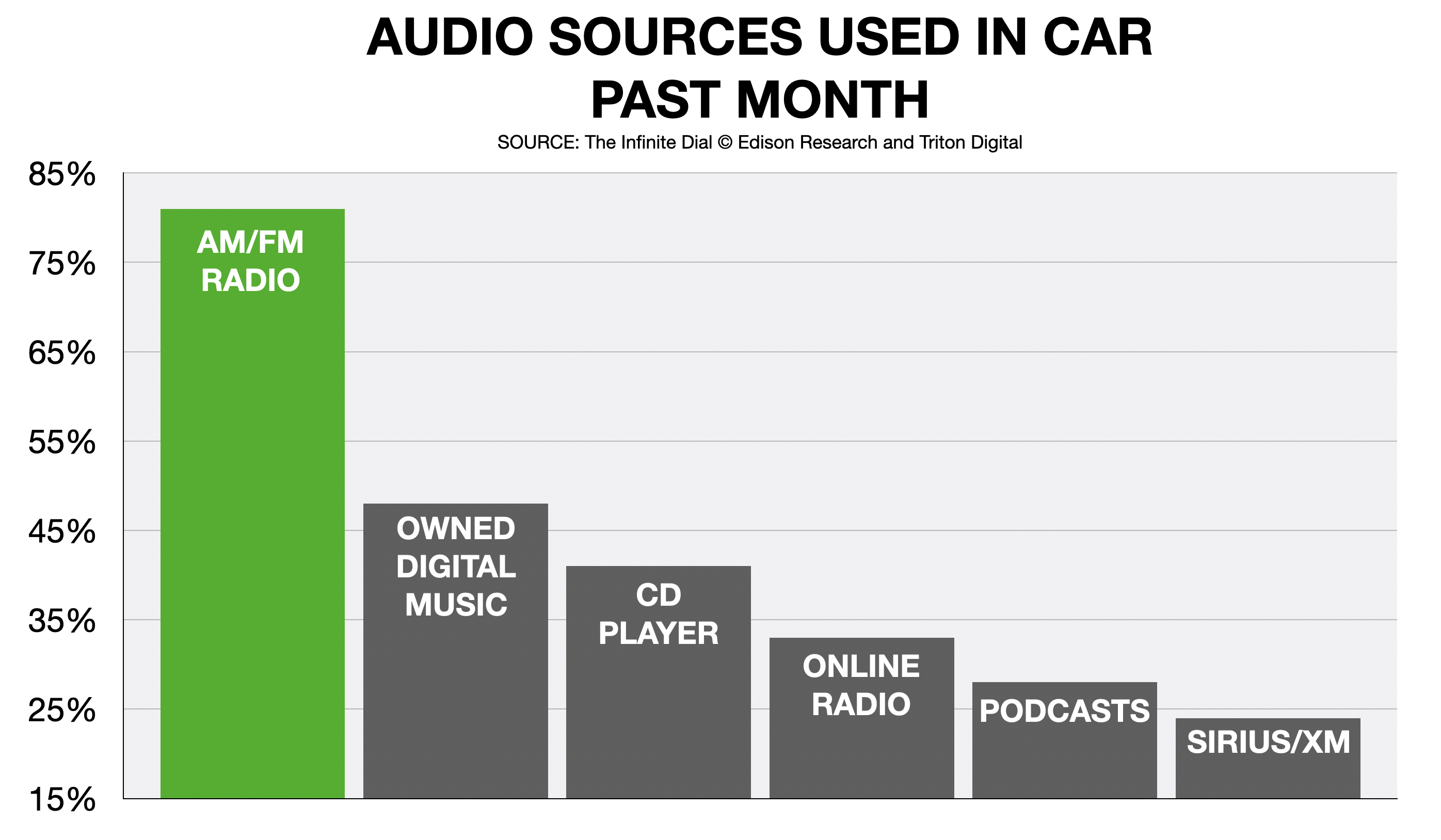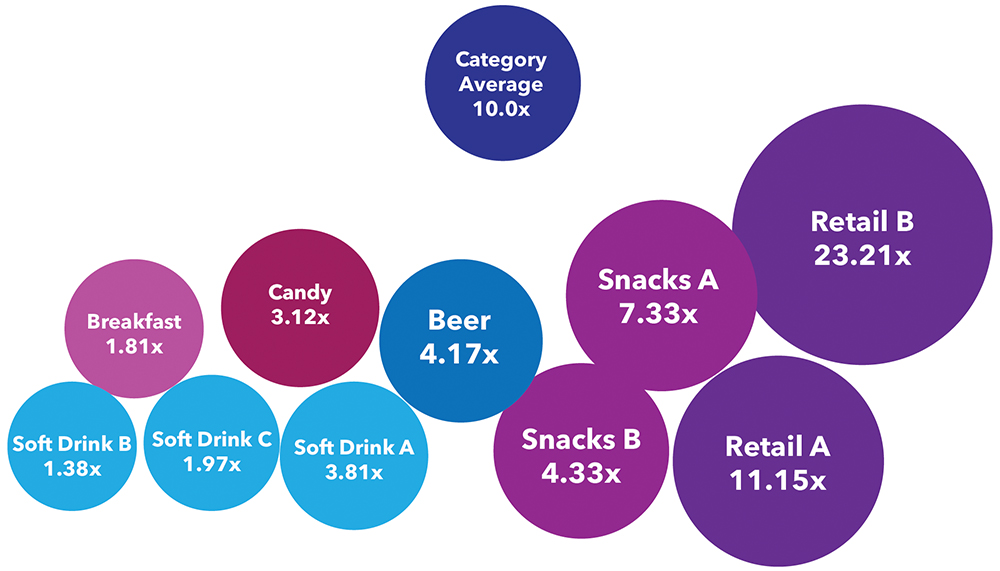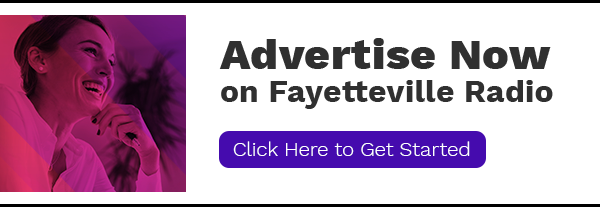Fayetteville radio reaches more area adults every week than any other medium. During a typical seven-day period, according to Nielsen, 327,293 local consumers tune-in to their favorite AM and FM stations. This is significantly more than those who watch broadcast television, subscribe to pay-TV, browse social media, read a newspaper, or stream music from Pandora and Spotify.
Radio's omnipresence in the life of Fayetteville consumers is remarkable considering today is the medium's 100th birthday.
On this day in 1920, radio 8MK in Detroit (now WWJ) began broadcasting. The station was operated by the local newspaper and billed itself as "Detroit News Radiophone." The first programming consisted mainly of music from phonograph records interspersed with news announcements.
Within a few weeks of the inaugural broadcast, 8MK was airing local election results as well as play-by-play coverage of that year's World Series contest between the Cleveland Indians and the Brooklyn Dodgers.
On November 2, 1920, 8MK was joined on the air by a new radio station, KDKA in Pittsburgh, Pennsylvania. The station was owned by Westinghouse Electric Company. Both stations that evening would provide live results of that day's presidential contest between Warren G. Harding and James M. Cox.
Local radio came to the Carolinas on March 18, 1922. That's when the Federal Radio Commission granted a license to the Southern Radio Corporation with the randomly assigned call sign, WBT.
From studios located in the Realty Building located at the corner of Trade and Tryon, WBT began broadcasting music from phonograph records for two hours each day. The station's early broadcasts were heard by about 22,000 people using hand-built radio receivers.
 The first radio station in Fayetteville, WFNC, was granted a license from the Federal Radio Commission in 1939. The owner was Wall Christian Ewing who, at the time, also owned a wholesale fertilizer business in the city. He had also been the Chairman of the Cumberland County Democratic Party. and had spent time serving in the North Carolina legislature.
The first radio station in Fayetteville, WFNC, was granted a license from the Federal Radio Commission in 1939. The owner was Wall Christian Ewing who, at the time, also owned a wholesale fertilizer business in the city. He had also been the Chairman of the Cumberland County Democratic Party. and had spent time serving in the North Carolina legislature.
Most of the first radio broadcasters were pioneers aimlessly wandering through the electronic universe in search of a sustainable business plan. The path forward became evident on August 28, 1922.
At about 5:00 p.m. that day, radio station WEAF in New York (later to become WNBC) broadcast the first-ever radio commercial. The advertiser was the Queensboro Corporation. The company purchased 10 minutes of time for $50 to promote its apartment complex in Jackson Heights.
This first commercial worked so well that Queensboro renewed for more. Perhaps the ultimate testament to the power of radio advertising is the fact that the apartment complex still exists and is thriving, says the New York Times.
Early broadcasts could only be heard in people's homes using DIY radio sets. These were replaced in the mid 1920s with massive, furniture-sized receivers. In 1930, however, radio became the original mobile device.
The first car radios were built by the Galvin Manufacturing Company of Chicago. They named their invention, and eventually their company, Motorola. The first dashboard units cost $130 or $1300 in 2020 dollars.
Today, more than 330,00 car radios fill the ears of Fayetteville area drivers with music, news, sports, and information. Despite an abundance of dashboard options, however, consumers still prefer listening to local radio when they hit the streets.
For nearly a century, local small business owners have depended on Fayetteville radio to market their goods and services. By every key advertising metric, the medium remains the best way to advertise.
Over the past few years, Nielsen has conducted more than 20 studies to determine what type of return-on-investment (ROI) a business owner can expect from radio advertising. Although the results varied by industry, the average company generated $100 in sales for every $10 invested.
The chart below shows the range of returns from each study.
AdAge, a trade magazine for advertising professionals, calls these types of return "eye-popping". The magazine goes on to say radio's ROI is superior to commercials on TV, online, and social media.
When presented with this ROI data, marketing expert Doug Schoen wrote in Forbes, "The implications of results like these are profound for the communications and advertising industries and as a marketing professional with over 35 years of experience, I found this data nothing short of fascinating. It’s quite clear that we should all be paying more attention to radio, its reach and potential to help our businesses. It’s doing the job with expert efficiency."
More Advertising Advice For Fayetteville Small Business Owners
- What Is The Best Way To Reach Fayetteville's 350,000 Consumers?
- What Fayetteville Consumers Need To Know Now About Your Small Business
- Advertise In Fayetteville: Radio Listening Little Change vs. Last Year
- Advertising On Fayetteville Radio Reaches Pay-TV's Cord Cutters
- Fayetteville Retailers Prepare For $46 Million Back-To-School Season
- Drivers Hit The Road Taking Fayetteville Radio Along For The Ride
- Advertising On Fayetteville Radio: What Consumers Want To Hear







